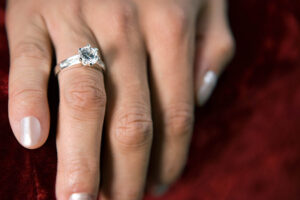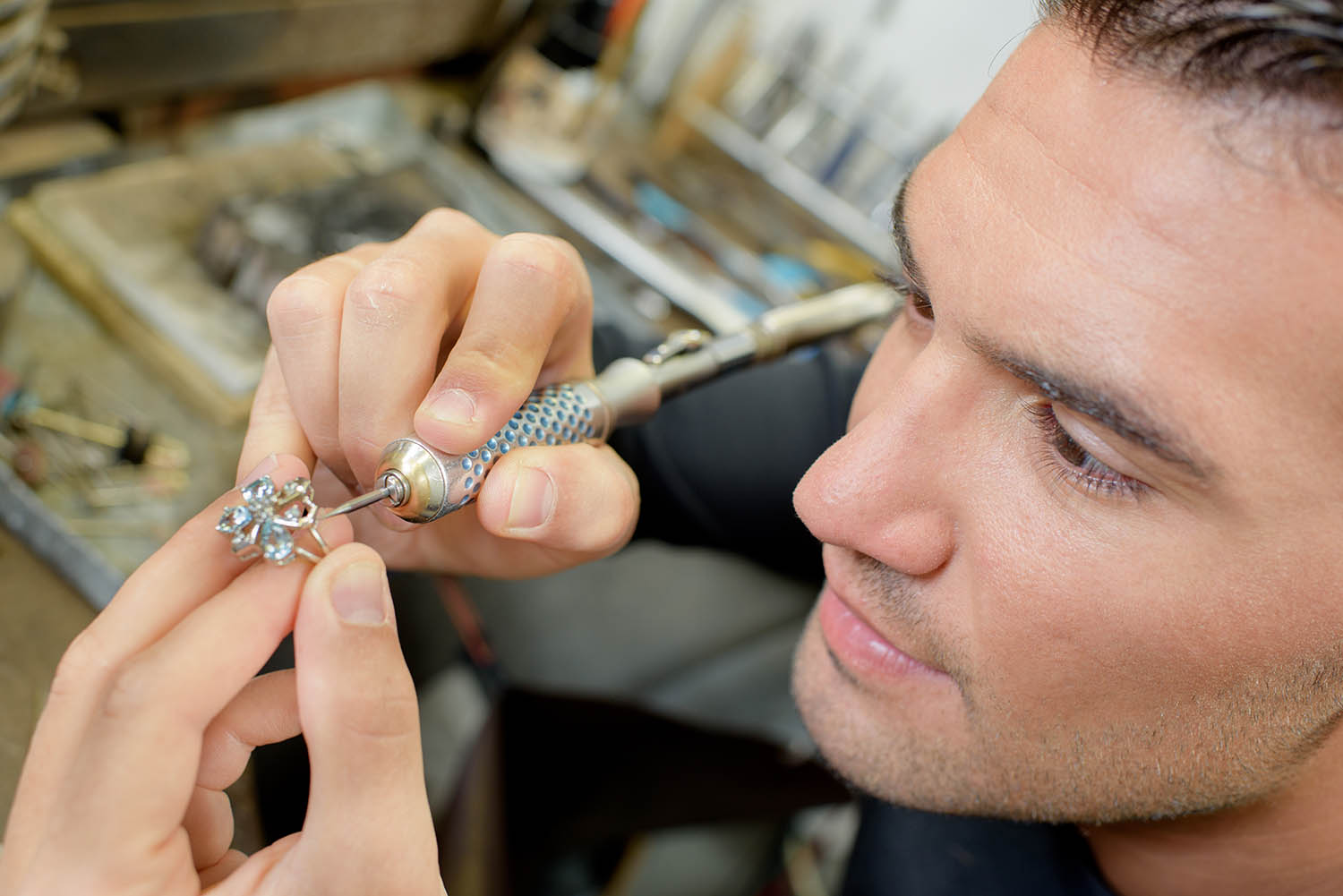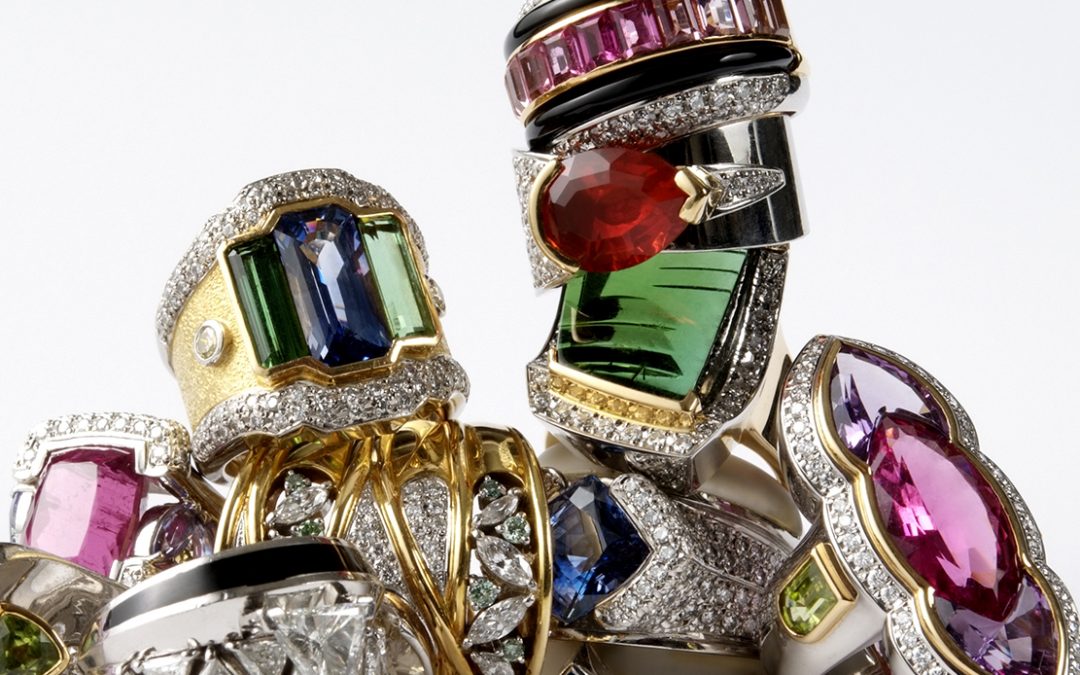
In most businesses, cleaning out desk drawers and filing cabinets means decluttering. In the jewelry insurance industry, doing so can uncover a gold mine; the mother lode of jewelry that can be salvaged. That means huge savings to insurers. All carriers that provide jewelry insurance do this because it reduces their loss exposure. It’s truly a win-win.
Jewelry purchased through salvage viewings are recut, refurbished, made to look like new, and resold to an end user – the general public, a replacement service, or a diamond broker. If it’s any type of gold or platinum jewelry, it is refurbished to like-new condition and sold as pre-owned.
So, before it finds its way into claims adjusters’ drawers and filing cabinets, where does salvage jewelry come from? The short answer is many places:
- A policyholder loses a ring and receives a cash settlement or replacement, later finding the ring. That ring, not damaged, just pre-owned, is put out for sale as salvage. The income goes back into the insurer’s coffers, thus reducing the cost of the original payout.
- A gold ring is damaged through some sort of impact (garbage disposals are often the culprit). If not too damaged, it can be resold; otherwise melted for scrap.
- One diamond earring is lost. Some carriers take the existing one and replace with a new pair. In most cases, duplicating the one earring can be less expensive than replacing both.
Obviously, insurance carriers are interested in reaping the highest amount possible for their returned treasures. So, how do they get to the right people to make that happen?
Most carriers turn to the same jewelry replacement experts that they work with for replacement and price quote support. Those experts evaluate the piece and send a loss or damage report or establish a LOV (loss of value or diminished value as a result of damage).
At that point, the insurance company is looking to turn the salvage into cash. This can be done in several ways, all involving their jewelry replacement expert, whether it be a sealed bid, a bid to purchase a single item, or an actual viewing of multiple items collected by the claims department over a period of time. Once bids are received by the insurance company, the highest bidder gets the salvage.

Some policyholders may have a damaged diamond that is an heirloom with great sentimental value and, despite damage, they don’t want to replace it. The jewelry replacement expert, through inspection, then determines the loss of value or diminished value and assigns an amount. In addition, the jewelry replacement expert can provide the insurance carrier with the cost to repair or recut the gemstone. When a stone is recut to remove damage or blemishes, the original, while looking the same, will be smaller in size and worth less. The carrier will then issue a check to the policyholder for the diminished value and the policyholder gets back the same treasured gemstone repaired and returned like new.
Never forget the importance of photos no matter what; it allows adjusters and replacement experts to see what it looked like prior to damage. Make sure carriers have complete descriptions and photographs.

What determines value?
And, while every missing or damaged piece may have sentimental value for its owner, for replacement experts determining value is based on more concrete terms. In the case of a damaged diamond, for example, not only does the expert look at the quality of the stone, they also have to assess and calculate what the recut weight would be after the damaged area is removed. If a diamond has a small corner chip, weight loss can be minimal; if a deep chip or crack, it could be 40-50% of the weight of the diamond. And, the most dreaded thought of disaster during the recutting process is that the diamond can shatter and be worth nothing.
If a precious metal piece is not repairable, it can be melted by a refiner with value based on metal value at the time.
Here are two perfect examples of the value of seeking help through a salvage and replacement expert:
Claimlink was recently hired to inspect several hundred pieces of jewelry valued at over $200,000 which was recovered from a house fire. These pieces were cleaned, polished, deodorized and made like new. Fees for this service were nowhere near what it would have cost to replace these items. The insurance company paid thousands less than what it would have cost to replace.
A few years ago, a client called Claimlink to say she had lost a ring while vacationing in Florida and wanted to know how to submit a claim. Asked to retrace her steps around where she thought she lost her ring she said she remembered taking it off while she put lotion on while in a shopping center parking lot. Several days later, to her delight, she found the ring imbedded in the parking lot blacktop. Claimlink was able to clean and restore the ring to brand new condition for a small fraction of the cost of replacing it.
And, just a few more tidbits of information. By law, jewelry is supposed to have a surface stamping to indicate precious metal content i.e. 14K, 18K, platinum; many also have the manufacturer’s name, trademark or logo engraved or stamped. If a jewelry expert can identify the manufacturer of the ring, the manufacturer can handle restoration or replacement.

